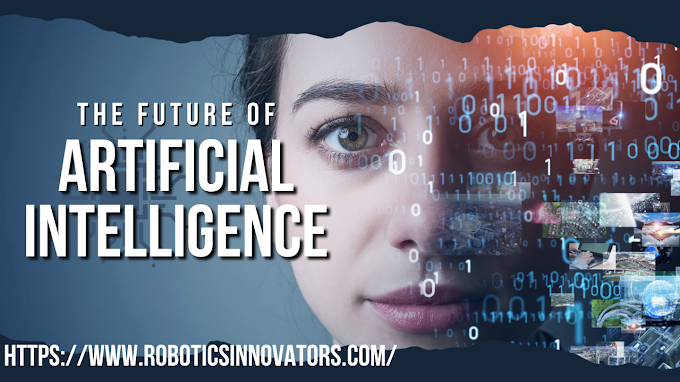Introduction
Everyone with an interest in robotics and automation technology is fascinated by the idea of totally autonomous ground vehicles. The goal of autonomous robots taking over crucial duties, such as combat in hazardous conditions and tough terrain, has been pursued by governments, businesses, and individual researchers. Innovative designs with cutting-edge artificial intelligence (AI) capabilities may soon be produced as a result of emerging technology, giving future autonomous cars the ability to make decisions on their own. In essence, the addition of well-built AI systems to crewless land vehicles created for the DARPA Grand Challenge may be a crucial addition to the 2005 concepts since it may result in autonomous vehicles capable of acting intelligently and with higher accuracy.Design of the Vehicle Description
The single signal that the autonomous vehicle could broadcast or receive, GPS, was the only option available to the teams that created the concepts for the 2005 DARPA Challenge. The cars had to run the entire race entirely on their own, without any aid from outside humans (Defense Advanced Research Projects Agency, 2004). Notably, the path was defined using computer codes and adaptive vision technology. The Stanley racecar from Stanford Racing Team concluded the 132-mile race in under seven hours, gaining first place (Stanford Racing Team, 2005). To help with navigation around the environment, the vehicle has a GPS system, a video camera, and light detection and ranging (LIDAR) laser sensors. Route through the desert from The Great Robot Race (2006): Stanley may have fared significantly better if engineers had employed generative software to boost the car's capability for collision avoidance.Upgrades to Technology Suggested
In 2005, designers had access to just enough technology to create cars that could go over planned courses with few impediments. The parameters of the challenge stipulated that all navigation-related intelligence, computation, and sensor-processing systems must be included inside the vehicles themselves (DARPA, 2004). Stanley had trouble navigating the course's obstacles, just like the other race cars did. Teams have included route data in the onboard navigation systems, so a minor detour or change in course may be harmful. Google Maps should be included in the Stanley design to allow for simple and accurate maneuvering and navigation. A generative code or piece of software might also be used to help Stanley navigate past unforeseen obstacles.
Advantages of the Suggested System
Regenerative software would enable the creation of an intelligent system that is capable of detecting changes or deviations in the terrain as well as unforeseen impediments. The crewless vehicle's capacity to make more accurate decisions about when and where to accelerate might be improved by software using generative code. After the map is incorporated into the onboard intelligence systems, the vehicle will be able to react to any impediments, including those that could be added to the path. However, it would be necessary to replace the navigation technology employed in the 2005 Stanley design, in particular the LIDAR sensors, with somewhat more accurate infrared detection equipment. As a result of these advancements, the vehicle would perform better since it would be better able to detect impediments and quickly and effectively take the required action.
Conclusion
From a broad perspective, it is clear that businesses and governments are constantly pursuing the concept of fully autonomous ground vehicles. A significant outcome of these initiatives that enables enthusiasts to display their creations is the DARPA Grand Challenge. Notably, the solutions to these problems have an impact on the advancements made in the robotics and automation sectors. For instance, if the Stanford Racing Team had designed Stanley, the winning car from 2005, at the time, they would not have hesitated to include Google Maps in their design. To create autonomous cars that outperform humans, designers and engineers must continuously investigate cutting-edge AI systems.








.jpg)




